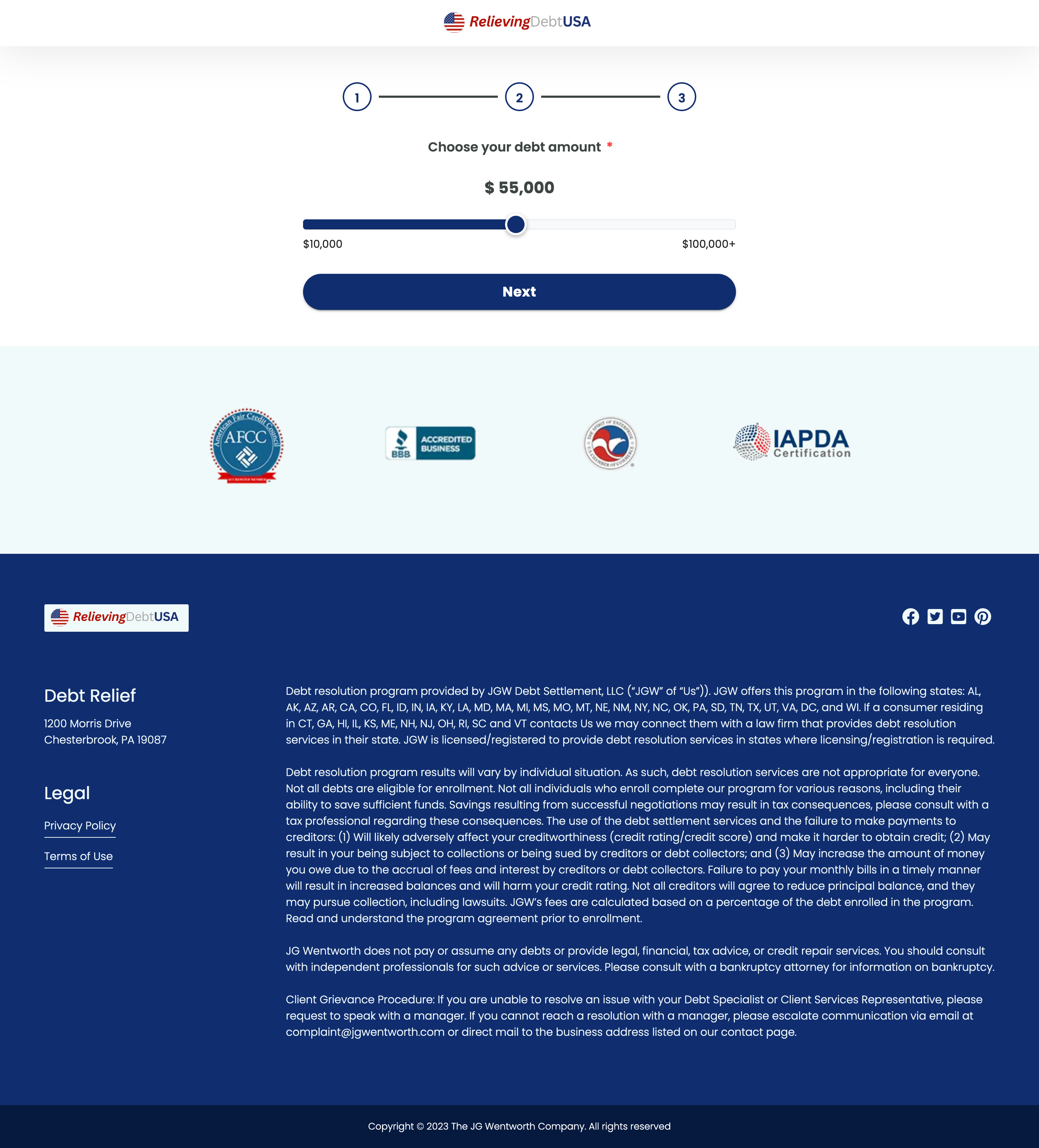How to Improve Your On-Page SEO with Competitor Data
Improving your website’s on-page SEO is crucial to climb the search engine results pages and attract more traffic. One effective strategy is to leverage competitor data. This guide will provide a comprehensive approach to understanding and utilizing competitor insights to enhance your on-page SEO.
Table of Contents
- Understanding On-Page SEO
- What is Competitor Analysis?
- How to Identify Your SEO Competitors
- Collecting Competitor Data
- Analyzing Competitor On-Page SEO
- Crafting Your SEO Strategy with Competitor Data
- Tools to Aid Your Competitor SEO Analysis
- Conclusion
Understanding On-Page SEO
On-page SEO refers to the practice of optimizing web pages to improve a website’s search engine rankings and earn organic traffic. This includes optimizing both the content and HTML source code of a page. Key elements of on-page SEO encompass title tags, meta descriptions, headers, content quality, images, and internal links.
What is Competitor Analysis?
Competitor analysis is the process of evaluating your competitors to gain insights into their strengths and weaknesses. For SEO, this involves assessing how your competitors rank on search engines, the keywords they target, the structure of their websites, and the strategies they employ to attract and engage web traffic.
How to Identify Your SEO Competitors
Identifying your SEO competitors is the first step in competitor analysis. Your competitors aren’t just those offering the same products or services but anyone competing for the same search engine visibility. To determine your SEO competitors:
- Search your target keywords on Google and note the top-ranking websites.
- Use tools like SEMrush or Ahrefs to identify websites with significant overlap in keywords.
- Analyze websites that regularly appear in search results for your industry niche.
Collecting Competitor Data
Once you have identified your competitors, the next step is to collect data. Essential data points include:
- Keyword usage and rankings: Identify the keywords they rank for and assess how your site measures up.
- Content analysis: Evaluate the topics, formats, and depth of content your competitors use.
- On-page factors: Analyze title tags, meta descriptions, and headers to see how they optimize their pages.
- Backlink profiles: Review the sites linking to your competitors, giving them authority in your niche.
Analyzing Competitor On-Page SEO
With data in hand, it’s time to dig deeper into the on-page SEO strategies of your competitors:
- Examine title tags and meta descriptions to see which keywords are being emphasized.
- Assess the structure of their headlines and subheadings to improve navigability and keyword inclusion.
- Analyze the internal linking strategies, noting how they pass link equity throughout their pages.
- Review multimedia elements such as images and videos. Check if they are optimized with alt text and descriptions.
Crafting Your SEO Strategy with Competitor Data
With a clear understanding of what works for your competitors, you can inform your own SEO strategy:
- Keyword strategy: Focus on keywords that are underutilized by competitors or where you have the strength to rank higher.
- Content creation: Aim to produce superior and more comprehensive content than your competitors on similar topics.
- Technical enhancements: Ensure faster load times, mobile-friendliness, and proper use of tags and schema markup.
- Internal linking: Optimize internal links to improve navigation and help distribute page authority effectively.
Tools to Aid Your Competitor SEO Analysis
There are several tools that can help streamline your competitor analysis:
- SEMrush and Ahrefs: For comprehensive data on competitor backlinks, keywords, and more.
- Moz: Offers keyword tracking and competitive analysis features.
- Screaming Frog: A site crawler that helps in deep analysis of competitor site structures.
- Google Search Console: Provides insights into how your site performs in search results and identifies potential competition.
For webmasters looking to download landing page HTML and gain competitive insights, utilizing a landing page ripper tool can be instrumental. This tool allows you to save full landing page designs, analyze competitors’ visual choices, and optimize your own landing pages accordingly.
Conclusion
Improving your on-page SEO by leveraging competitor data can be a game-changer. Understanding what makes your competitors rank well and using those insights to build a robust SEO strategy will help build your website’s authority. Through consistent analysis and adaptation, you can outperform competitors and achieve greater visibility in search engine results.









